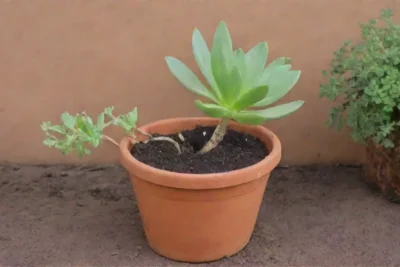
Guidelines for Checking the Root Health of Potted Succulents
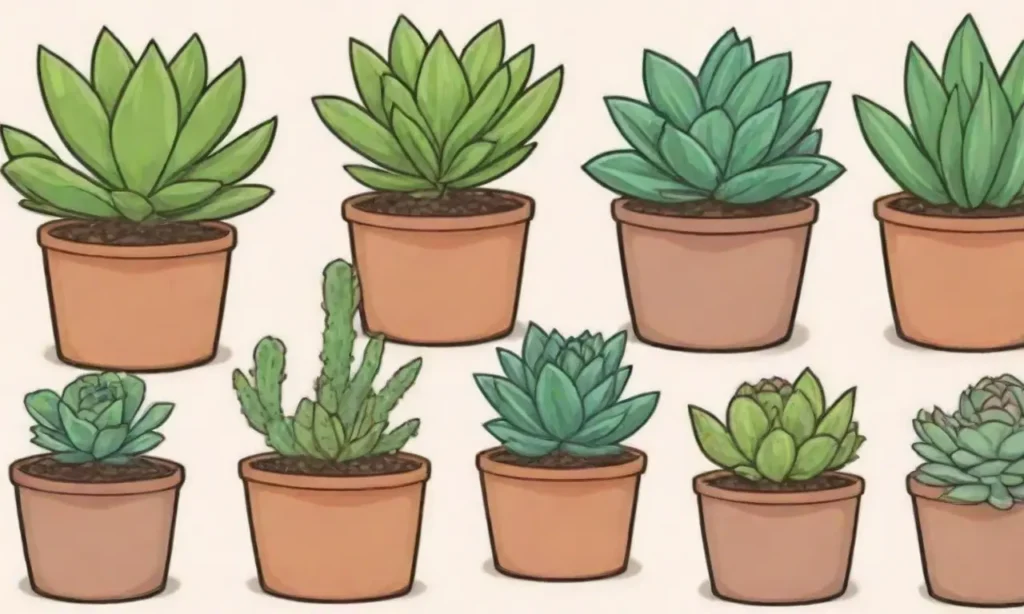
Introduction
Succulents have gained immense popularity among plant enthusiasts due to their aesthetic appeal, low maintenance, and ability to thrive in diverse conditions. However, like any living organism, they require proper care to ensure their health and longevity. One crucial aspect of succulent care that is often overlooked is the condition of their roots. Root health is fundamental for nutrient absorption, moisture retention, and overall wellbeing of the plant. This article will delve into vital techniques and guidelines for checking the root health of potted succulents.
Understanding how to assess the root health of your potted succulents can make a significant difference in their growth and vitality. A robust root system not only supports the visible parts of the plant but also shields it against diseases and environmental stressors. Thus, effectively checking and maintaining the health of succulents' roots is pivotal to enjoying vibrant and thriving plants in your home or garden. In the sections that follow, we’ll explore practical steps, warning signs to look out for, and the best practices for ensuring the root health of your precious succulents.
The Importance of Root Health in Succulents
The roots of succulents serve as the foundation of these resilient plants. Healthy roots are responsible for absorbing water and nutrients from the soil, which is crucial for sustaining the functions of the entire plant. Unlike traditional plants, succulents have adapted to store moisture within their leaves, stems, and roots, enabling them to withstand periods of drought. However, compromised root systems can severely hinder this ability, leading to a cascade of growth issues.
Another critical aspect of root health is the role it plays in preventing diseases. Succulents are prone to certain root diseases, including root rot, which can devastate plants if not caught early. This disease is commonly caused by overwatering, poor drainage, or contaminated soil. By routinely checking the root health of your succulents, you can identify potential problems before they escalate and take action to protect your plants.
Moreover, the conditions of the roots can vary significantly depending on several factors, including the potting medium, container type, and watering practices. It's essential to understand these variables to maintain a supportive environment for your succulents, ensuring that their roots can thrive and function optimally.
When to Check the Roots of Your Succulent
Monitoring the root health of potted succulents shouldn't just be a reactive measure; it should be part of your regular plant care routine. Generally, checking the roots should be done during a few key moments:
Seasonal Changes: As the seasons change, particularly during the spring and fall, succulents often go through periods of growth or dormancy. During the growing season, it’s beneficial to check the roots for signs of rapid growth, while in dormancy, you should inspect for potential issues caused by overwatering or lack of nutrients.
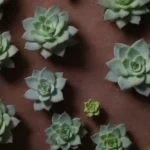 Using Rooting Hormones for Successful Succulent Propagation
Using Rooting Hormones for Successful Succulent PropagationRepotting: When you decide to repot your succulents, consider this a prime opportunity to inspect their roots. You'll not only get a better understanding of their health but also provide a chance to refresh the potting medium that may become depleted or compacted over time.
Signs of Distress: If your succulent displays signs of distress, such as yellowing leaves, wilting, or stunted growth, this is an immediate cue to inspect the roots. These symptoms could indicate root problems that need to be resolved before they escalate.
Understanding the right time to check your succulents' roots is essential in maintaining their health and vitality. By integrating these checks into your plant care habits, you can ensure a more proactive approach to their growth.
How to Check for Healthy Roots in Succulents
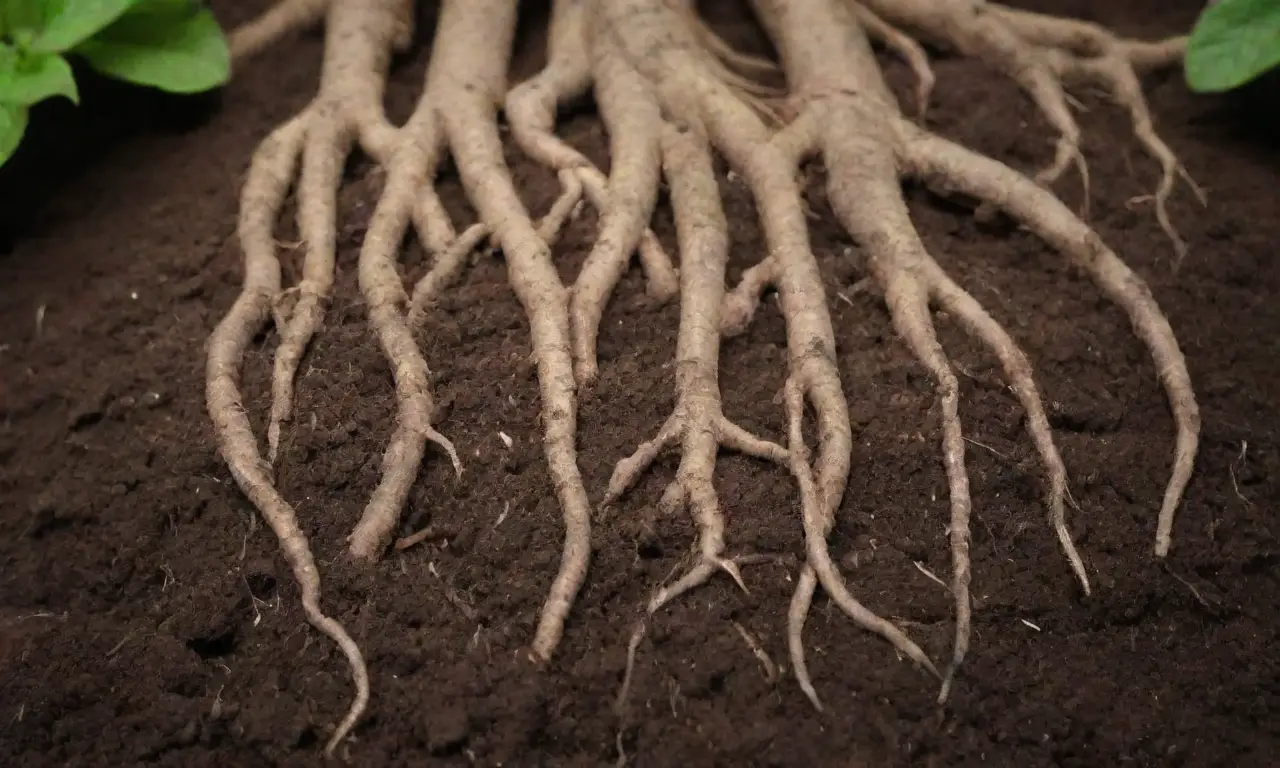
1. Assessing the Pot: An Initial Step
Before even removing the succulent from its pot, take a moment to assess the potting container. Healthy pots will allow for proper drainage, which is crucial for succulent care. If the pot has no drainage holes or is compacted in any way, it can lead to root issues. A healthy potting environment is crucial, as it not only ensures healthy roots but also creates an optimal environment for your succulents to thrive.
If you're using clear pots, you may be able to see root conditions through the sides of the pot. This can provide immediate insights into the health of the root system, revealing if they are dark brown or mushy—indications of rot—or if they are white and firm, suggesting vitality.
If you’re working with an opaque pot, don’t worry! You’ll simply need to remove the succulent from the pot to conduct a thorough inspection. Use caution when removing the plant, as you don’t want to inadvertently damage any roots.
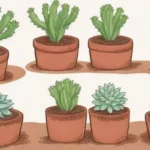 How to Identify and Treat Compacted Roots in Succulents
How to Identify and Treat Compacted Roots in Succulents2. Gently Removing the Plant
To check the roots, carefully remove the succulent from its pot. It's best to do this gently, as most succulents have delicate roots that can easily break. You can tap the sides of the pot or gently squeeze it to loosen the soil. If possible, hold the base of the plant and tip it upside down, allowing it to slide out with minimal disturbance.
Once you have the succulent removed, inspect the root ball. This cylindrical mass of roots often gives insight into overall health. Healthy roots should be compact and centered, while a root system that's excessively tangled may indicate that the plant is root-bound, needing repotting into a larger container.
3. Inspecting the Roots
Once you’ve removed the succulent, it’s time for a close inspection. Look for the color and texture of the roots. Healthy roots typically appear white or light tan, firm to the touch, and should have a slightly moist feel, while alarming indicators of root problems include:
- Black or Brown Roots: This often signifies root rot, usually due to overwatering or poor soil drainage.
- Soft, Mushy Texture: If you squeeze a root and it feels squishy, it’s indicative of rot and that the root has begun to decompose.
- Sparse or Broken Roots: While some roots will naturally break off during the removal process, excessive loss could point to underlying problems.
4. Reconditioning the Roots
If you discover unhealthy roots during your inspection, take action to remedy the situation. Using sterilized scissors, remove any bad roots ensuring that you leave behind healthy tissue. Owing to the nature of succulents, it's okay if you cut off a significant portion, as they can usually recover quickly through regeneration.
Once the unhealthy roots have been trimmed, allow the cut areas to callous over for a few hours. This helps prevent further rot when replanting. After this process, you can place the succulent back into a well-draining soil mix in a clean pot, ensuring that the conditions promote healthy root growth. Water only lightly after replanting to reduce the chance of rot.
Optimizing Root Health Post-Inspection
Quality Potting Medium
One of the most effective ways to promote root health is by ensuring that your succulents are planted in the appropriate potting medium. A good soil mix will provide essential aeration, drainage, and nutrients while minimizing the risk of disease. Commercial cactus and succulent mixes are often ideal, but you can also create your blend using elements such as perlite, coarse sand, and potting soil.
This combination allows for optimal drainage, while also keeping some moisture within the soil to sustain the roots during dry periods. Additionally, the quality of the soil can evolve over time; thus, updating the potting medium during routine checks is advisable to provide essential nutrition to the roots.
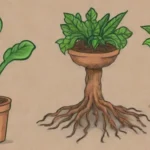 How Roots Affect the Overall Health and Survival of Succulents
How Roots Affect the Overall Health and Survival of SucculentsMaintenance and Watering Techniques
Aside from choosing the right soil, proper watering techniques serve a fundamental role in maintaining root health. It's crucial to follow the principle of "soak and dry"; that is, water your succulents thoroughly, allowing excess to drain, and then letting the soil dry out completely before watering again. Overwatering is a leading cause of root rot, while inadequate watering can lead to dehydration and stunted growth.
Be observant about the conditions in which your succulents are kept. Factors such as light, humidity, and temperature can affect how quickly your succulents consume water. Adjust your watering schedule according to the changing seasons and environmental factors to ensure healthy root conditions.
Monitoring and Adjusting Environmental Conditions
Besides watering and potting medium, keeping a keen eye on the overall environment your succulents are thriving in is essential. Temperature and light levels can significantly impact root health. Succulents flourish in bright, indirect light and prefer temperatures between 60°F to 80°F. Any significant deviation from these conditions can stress the plants, leading to weak roots.
In case you notice signs of stress, such as black spots on leaves or drooping foliage, reevaluate your succulents' location. Consider moving them to a brighter area or adjusting their exposure to direct sunlight, as too much can lead to sunburn, weakening the plants overall.
Conclusion
In summary, taking the time to routinely check the root health of your potted succulents will yield rewarding results, ensuring that your plants remain vibrant and thriving. By adopting sound practices regarding root inspection, transitioning through timely modifications, and nurturing an optimal environment, you can protect the health of the roots, which in turn supports the entire plant.
Through awareness of the signs of distress, understanding when to check roots, and knowing how to treat root problems, you'll become adept at nurturing your succulents and helping them flourish beautifully. Moreover, developing healthy habits around potting mediums, watering practices, and environmental conditions will only contribute to the long-term health and joy they bring.
So the next time you admire your potted succulents, remember that beneath the surface, their root health is pivotal in sustaining the beautiful sight you appreciate. Making the effort to care for the roots is an investment in the longevity and vitality of your beloved plants. Happy gardening!
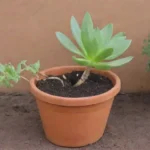 How to Handle Broken or Damaged Succulent Roots Properly
How to Handle Broken or Damaged Succulent Roots ProperlyIf you want to read more articles similar to Guidelines for Checking the Root Health of Potted Succulents, you can visit the Establishing Root Systems category.

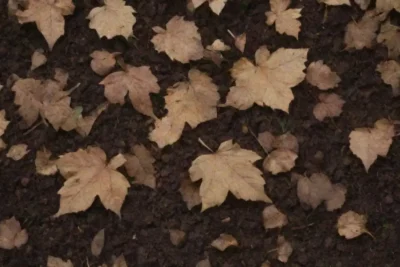
You Must Read